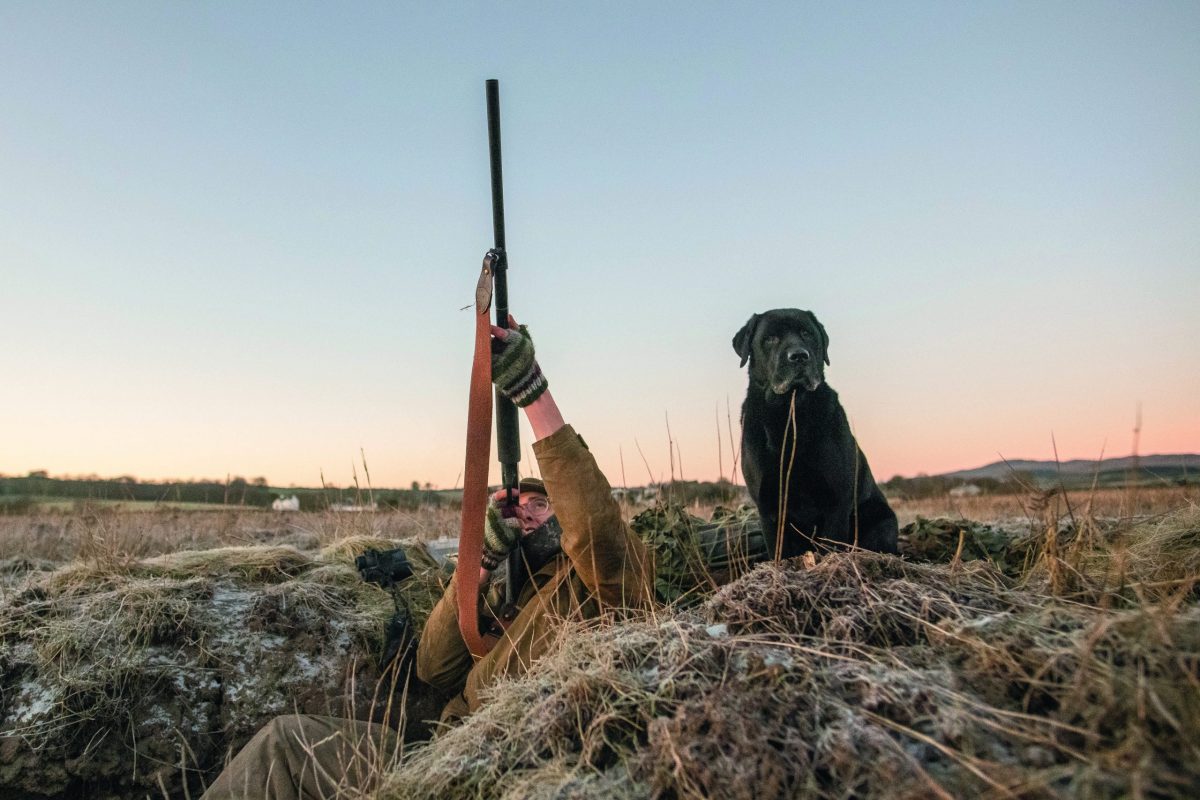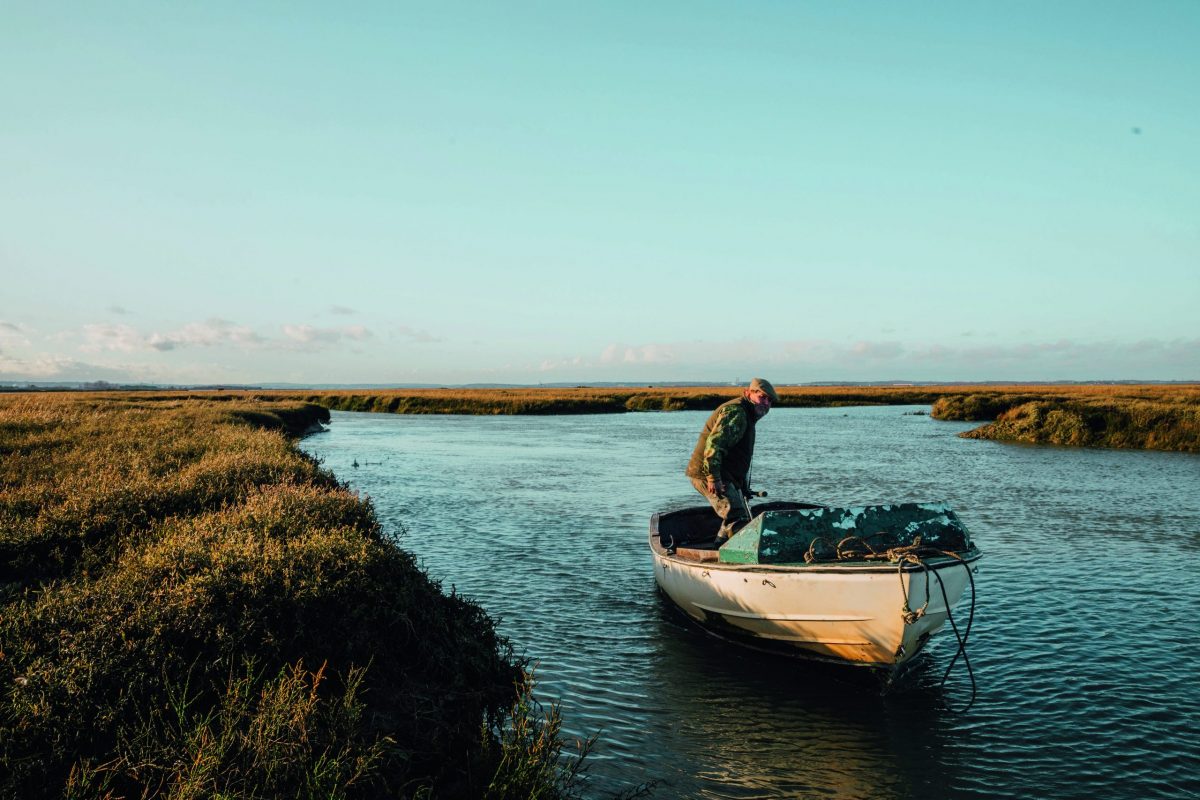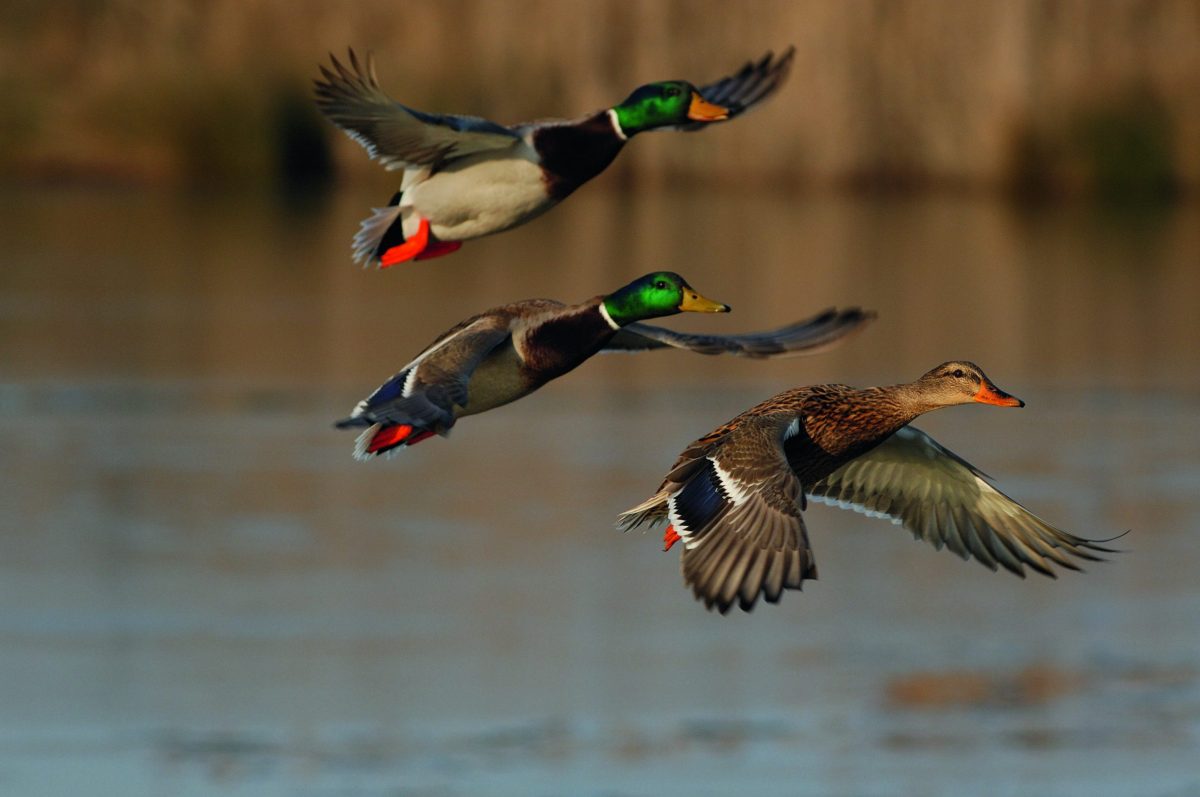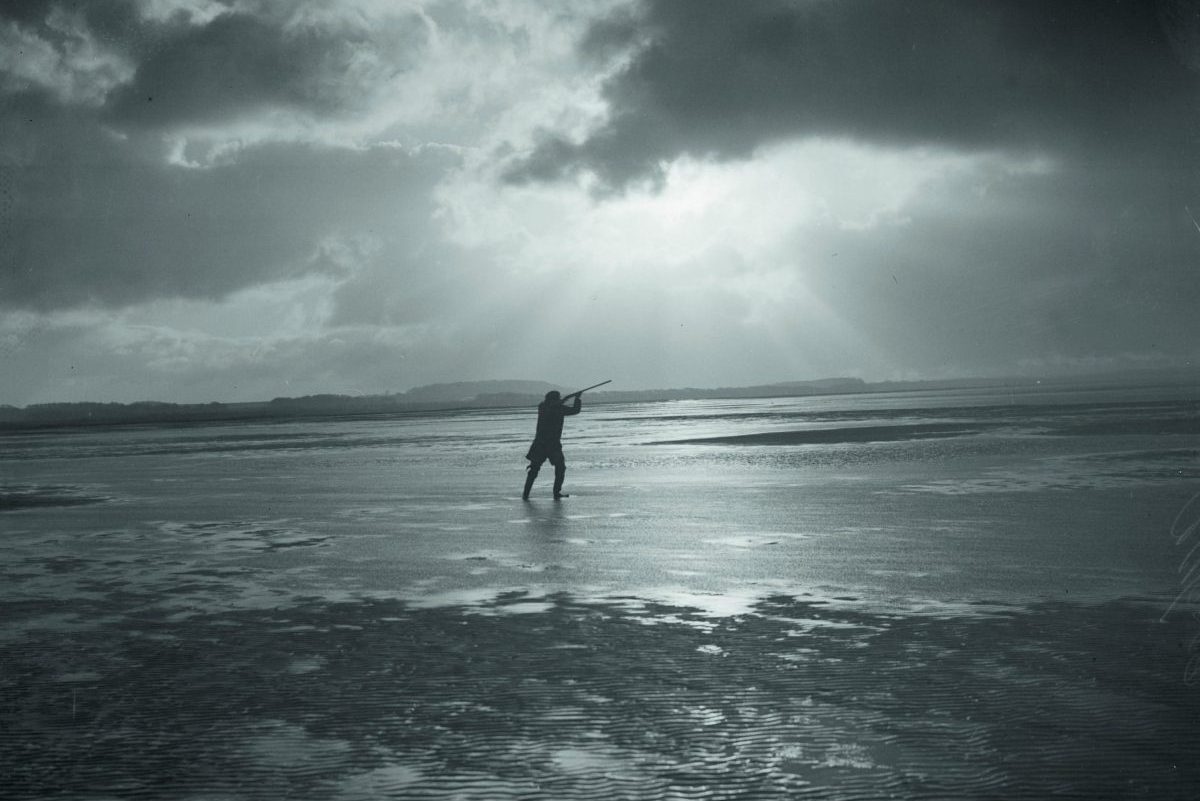What is the best weather for wildfowling?
There is much to consider when planning a foreshore foray, and Mike Swan ponders which conditions make for the best weather for wildfowling

With the tide rising over Kirkcudbright Bay at dawn, and a few decoys floating at the burn mouth, I had high hopes of some wigeon seeking shelter on the lee shore where I was lurking. I was not very successful, spotting the only little group that came too late. Once it was properly light, away to the south, the greylags that had been roosting on the tide started to flight, each skein beating into the moderate north-easterly breeze and then climbing steeply to cross the shoreline. It was a standard midwinter pattern; the geese had long worked out that the place of greatest danger was that strip of saltings where the wildfowlers would lie in wait for their chance. Nothing short of a full gale in their faces would persuade them to seek the easier route and fly lower. So, is this the best weather for wildfowling?
‘The fouler the weather, the better the fowling’ — those words are often quoted, but when it comes to the best weather for wildfowling, are they true? Perhaps it depends on your definition of foul weather but, for most people, driving rain and a severe gale qualifies. If this is the case, I have my reservations in calling this the best weather for wildfowling.

A dry day with an overcast sky and a moderate breeze tends to produce more opportunities
It is true that to get close under flighting geese, a big wind helps. Geese are grazers, and once the early autumn bounty of post-harvest spilt corn and rotten spuds is used up, they need to graze for most of the daylight hours to pack in enough calories. This means that they must get on and flight from the safety of their roosts to the feeding grounds each morning, whatever the weather, battling low into a gale if needs be.
In my experience, it is different with ducks. Their feeding patterns are less tightly defined, with the long winter nights available to them as well as daylight. Except for wigeon, which graze like geese, most have a higher-calorie diet of seeds and invertebrates, so they can pack in what is needed relatively quickly. I assume this is the explanation for the fact that many an eagerly anticipated flight turns out blank if it blows too hard. The birds simply seem to seek decent shelter, tuck their heads under their wings and stay put.
Food source
One often hears the words ‘good weather for ducks’ whenever it rains, but is it accurate? My late friend Peter Deeks knew the Burry Inlet as well as anyone, and he said heavy rain was particularly good if you were after pintail. He thought the mushy marsh surface it created freed up a food source that they would flight to from the flats, adding, “They don’t like being out there and having the sand kicked up in their faces by the driving rain either.”
On the other hand, even with the best waterproofs, the wet seeps in eventually, making you cold and uncomfortable. That does nothing for your ability to shoot well when a chance arises. Wet and slippery hands are inevitable in these circumstances, and this is also no help in terms of accuracy. (Read our list here for the best wildfowling jackets, best shooting wellies, the best waders for wildfowling.

It’s much more comfortable preparing for a flight in dry weather
My other concern is that rain and floodwater open up lots of possibilities for ducks and geese, but most of them are not available to coastal wildfowlers. Inland floods inevitably attract birds from the shore. Once there are floods inland, most of us pray for a cold snap to freeze the freshwater and send the birds back to the tideway, and this can indeed bring fantastic wildfowling — with ducks especially.
That said, I prefer frost without snow, not least because snowdrifts can prevent me from getting there. Deep snow makes it hard for geese too, because it can literally bury their food out of reach.
Most years, February goes out “like a lamb”, as my father would have said, but a cold snap during the foreshore extension can bring the cream of the season for ducks. With all the cock birds resplendent in their full breeding plumage, success is special. I have many fond memories of these times, but the most vivid is from the early 1990s when I shot eight birds for not many more cartridges, pulling off a right-and-left at pintail twice, plus one at teal — what a close to the season that was.

A bright moon can be a disruption, sometimes delaying the normal evening flight time for ducks
Wildfowling literature is full of accounts of successful flighting under the moon, but I consider it more of a disruption than a help. I confess my experience with geese is limited, but with ducks a bright moon seems to delay flight time at best and often postpones it completely. Just a few days ago under a clear, moonlit sky it was far too dark for a shot when the first pair of birds came.
It may seem odd that it can be too dark in such bright conditions, but unless there is a thin veil of cloud to silhouette the birds you will see very little — hence the celebrated status of a mackerel sky. I have come home without a shot on many such nights, but I keep trying because of one glorious success long ago.
I had been out at the marsh front with Mad Tom and Eric the Terrible, waiting for birds pushed ahead of the tide, but nothing came. We headed to a spot where some freshwater drains spilled out on to the saltings, hoping for a chance at the teal that often went there at dusk. We were lucky and got one apiece. Then, as we were about to leave, we heard wigeon. They came over beautifully and we got a brace. There were several more moments as we were just about to pack up when another group came, and we ended up with nine wigeon to go with our three teal. That flight lasted nearly an hour, and I still wonder what more we would have seen if we had stayed on.
Approaching birds
So, what do I consider the best weather for wildfowling? Whether it be morning, tide or evening flight, I like it dry for comfort, with an overcast sky and a moderate breeze. In these conditions the cloud seems to keep the birds lower and the wind gives direction to the flight, so I have a decent idea where to look for approaching birds.
- We’ve discussed the best weather for wildfowling, but are you looking to get into the sport? Then read our advice for wildfowling for beginners, as well as our top picks on the essential wildfowling kit you’ll need to get up and running.








